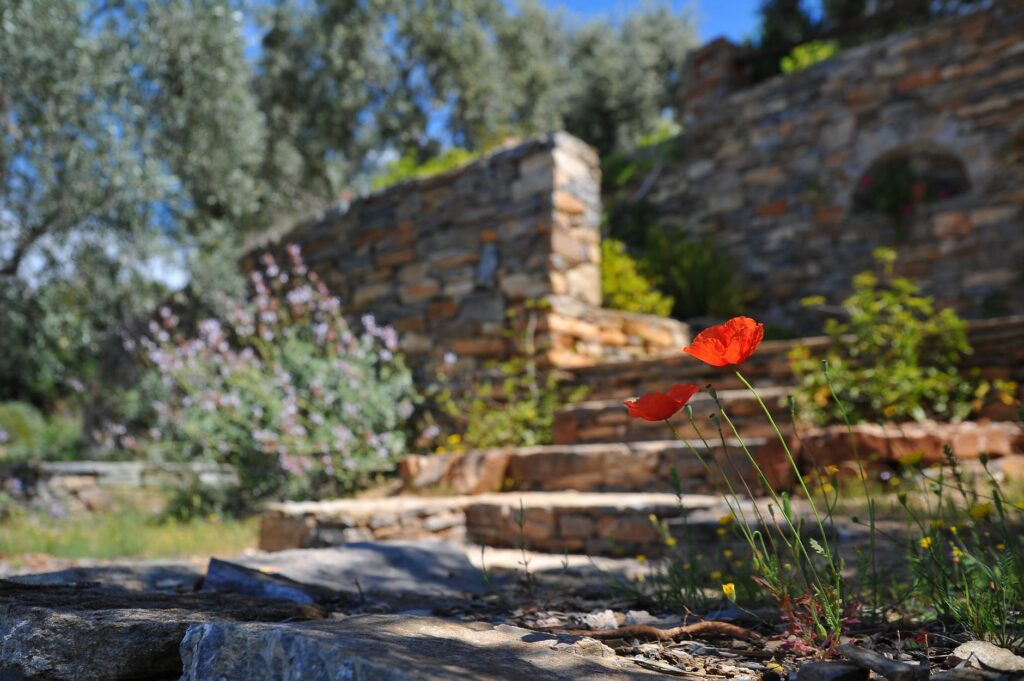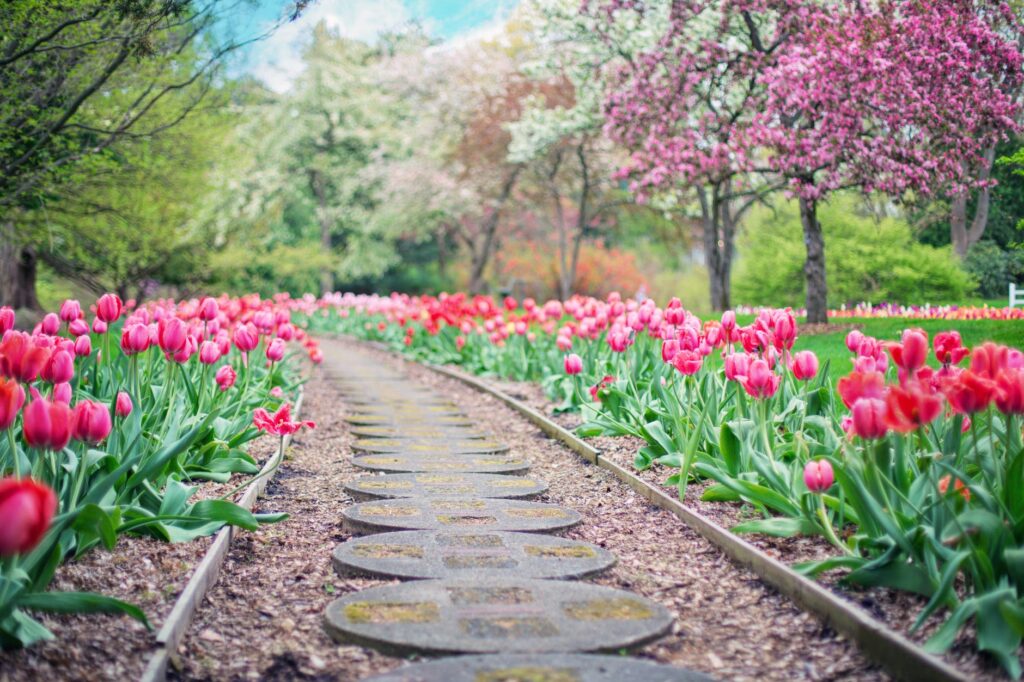Wow, it’s been a hot one this summer. Living in North Carolina means the heat index can reach the 100 °F and above. For people, this can be tricky to manage on a daily basis, so imagine how your plants feel. They may be dying of thirst! It’s tempting to assume the garden is well-equipped to deal with the heat. After all, they have long roots to reach water deep underground and can manage different climates.
On the face of it, they look fine. However, under the hood, plants and flowers, and grass can suffer. It’s difficult to see, but it’s happening because of the heat. Sunshine does weird things to gardens, which is why you may need to step in and rescue it, like a knight in shining armor with a damsel in distress.
The problem is you can’t turn off the sun. In summer, the hot rays beat down constantly from June to August and late September. So, how are you supposed to step in and help? Continue reading and you’ll find five tips on how to beat the summer sun this season.
Spot The Signs

Even though the process starts in the soil first, it soon makes its way up to the stem and leaves. When this happens, it’s essential to spot the signs and act as quickly as possible to save the plant. Things to look out for include drooping leaves and foliage falling to the ground as you would see in fall. It happens because the dying plant is trying to save itself.
Usually, a good, long watering will bring the plant back to life. All it needs is H2O because it’s dying of thirst.
Wait a couple of days before making a final diagnosis. Not only does it take a while for the roots to take in the sustenance, but it the plant may not come back as strong as before. Still, it will flower again next year, allowing you another chance at redemption.
Should the water not work its magic, then the flower has gone past the point of no return. But, even in death, there is life when you have a compost heap. Throw the dead soldier in and let the mulch feed the next generation of garden bunnies.
Treat Plants in Order Of Importance

Although the features of your garden may die at the same time, some have longer lives even when they aren’t in full health. Consider a small vegetable patch as opposed to an ornamental tree. The spot is far more vulnerable because it’s smaller and not as robust. The tree, on the other hand, can go weeks and sometimes months before there is a problem.
Therefore, it’s best to make a to-do list and create it in order of importance. The less durable features should be at the top, as should the elements which look beyond repair. Everything else can wait. How do you treat them to ensure they are fit and healthy?
Well, a good move is to prune excess foliage. When they are thick and overgrown, it puts a lot of stress on the plant to survive. Trying to feed and water all of the leaves in the blistering heat is a huge ordeal. Getting rid of some of the dead weight should help the plant to retain nutrients easier. Think of it like your body redirecting blood to the vital organs when they are in trouble.
Water Correctly

As gardeners know, water is essential for a garden’s survival. To most people, it seems like a straightforward job. Get the watering can out and throw as much H2O around as possible and don’t miss. This is the method you may be tempted to use, but it’s wrong. During a heatwave, the soil needs to get the brunt of the liquid so it’s important to target the ground.
To give the plant an extra defense, you can try Seasol or any other solution which you think may work. The majority of them add to the nutrients level in the ground and that helps protect against a dry summer. If you don’t like to add chemicals, then the key is to water the earth once every couple of days as they should have reserves.
To ensure there’s plenty of back-ups, count to ten while you’re going around with the hose. Or, press an object which measures about ten inches into the dirt. If it meets obstacles, you should continue with the hose.
Build A Shade Barrier
The shade is your friend in hot climates. Keep out of the sun, and it won’t dehydrate you or burn your skin. The same goes for gardens, but there is a problem: it’s an open plan garden. Okay, there may be a few natural blockages yet they can’t protect them all of the time. After all, the sun moves in the sky and changes its angle of attack.
For this reason, you need a man-made shelter. The barrier should stop the UV rays from damaging the weak spots and destroying flowers and plants. Plus, with an angled roof, it will create shade regardless of the time of day.
Of course, you should avoid using glass because it can magnify the sunshine. Instead, opt for clear plastic. That way, the material should absorb most of the rays without leaving the plants in complete darkness.
Landscaping for Hotter Climates


Greenery needs food and water to survive; rocks and stones don’t. Plus, they are durable and won’t break or crack due to excess heat. If anything, the sunshine will add to the sun-baked style.
Don’t be afraid to tear up parts of the garden which are green and replace them with browns and off-whites.
Not only does it make the garden easier to maintain, but it also adds an element of contrast that looks fantastic. There’s nothing like a soft lawn surrounded by plants and rugged flagstones. Target areas such as the pathways and elevated platforms for the best results.
Don’t you want to take care of a hassle-free garden this summer? Isn’t that the dream?


